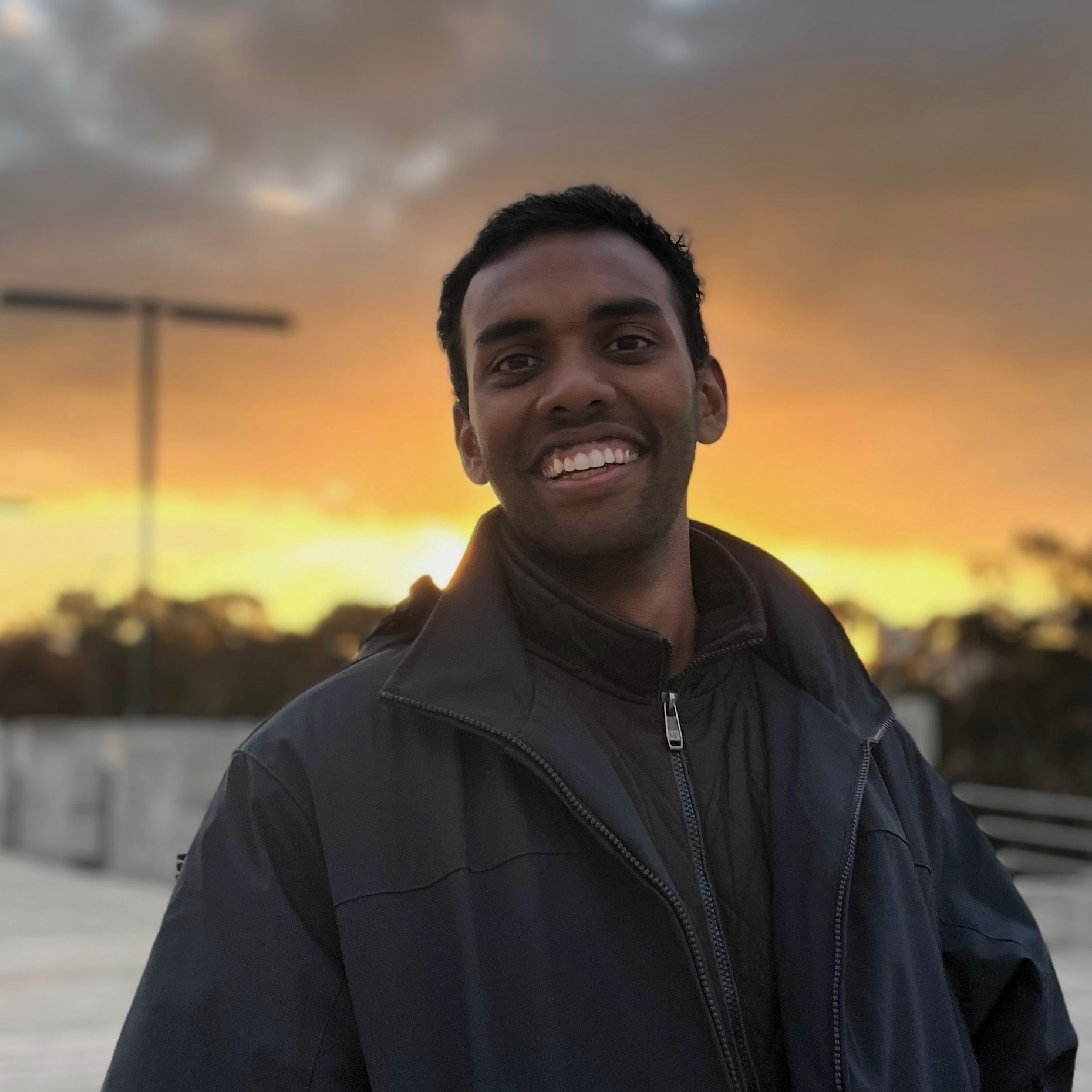
Sreejith Santhosh
I am a physics PhD candidate at UC San Diego, in the group of Prof. Mattia Serra, where my research focuses on theoretical biophysics, dynamical systems theory, and morphogenesis. I did my undergrad in Engineering Physics at IIT Madras, where I worked on active matter theory with Prof. Sumesh Thampi.Beyond research, I enjoy hiking, free diving, surfing, and being outdoors. In case you are interested in my work or want to chat, please reach out!